As EM looks ahead to advance its cleanup mission, leaders from various program offices shared their perspectives on past achievements, current progress and future challenges during a panel session at the National Cleanup Workshop.
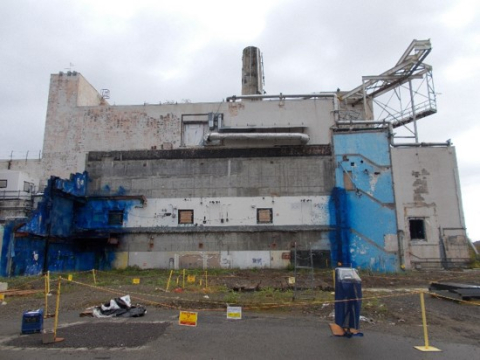
U.S. Department of Energy Office of Environmental Management (EM) crews at the West Valley Demonstration Project (WVDP) met an EM 2022 priority by launching demolition of the Main Plant Process Building (MPPB) last week.

The U.S. Department of Energy Office of Environmental Management (EM) today released its EM Program Plan, a 2022 priority outlining a decision roadmap the cleanup program will use as a guide over the next two decades.
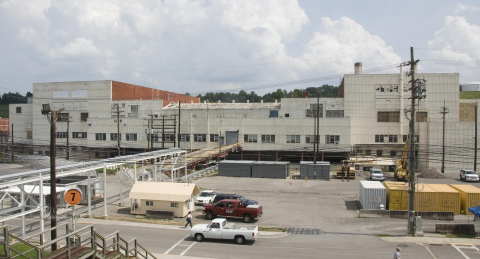
EM crews are taking the first steps to bring the massive Alpha-4 facility at the Y-12 National Security Complex (Y-12) to the cold-and-dark stage, a process in which they remove all utility sources to the building as a precursor to demolition.
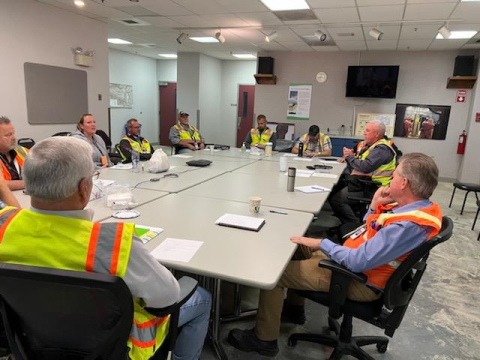
EM crews at the Idaho National Laboratory (INL) Site and Waste Isolation Pilot Plant (WIPP) jointly observed a day focused on safety last week to review transuranic (TRU) waste shipping and receipt procedures.
Following a record-breaking simulant run at EM’s Integrated Waste Treatment Unit (IWTU) earlier this summer, engineers are inspecting reaction vessels and other equipment of the liquid waste treatment facility before initiating radiological operations.
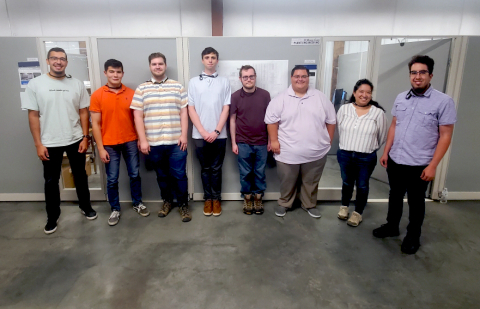
The Hanford Site Waste Treatment and Immobilization Plant (WTP) recently welcomed a new class of engineers to support the needs of the WTP Plant Engineering Department.
As EM prepares for the next chapter of cleanup at the West Valley Demonstration Project (WVDP), crews are constructing a new security guard house that provides more space for officers.
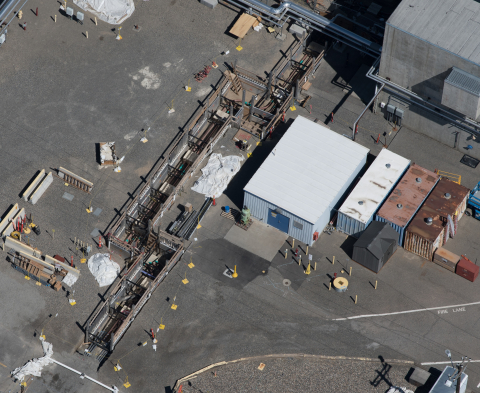
As the Hanford Site gears up to treat tank waste for disposal through the Direct-Feed Low-Activity Waste (DFLAW) Program, workers are upgrading many site facilities to support 24/7 operations. One of those facilities is the 242-A Evaporator.
EM is entering the next phase of cleanup at the Energy Technology Engineering Center (ETEC) after achieving a pivotal milestone: completion of demolition of the final 18 DOE-owned buildings on the Santa Susana Field Laboratory (SSFL) site.

